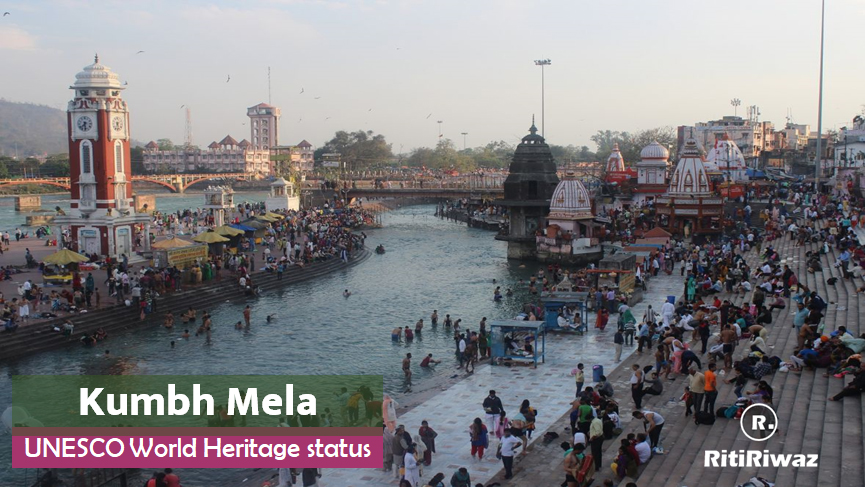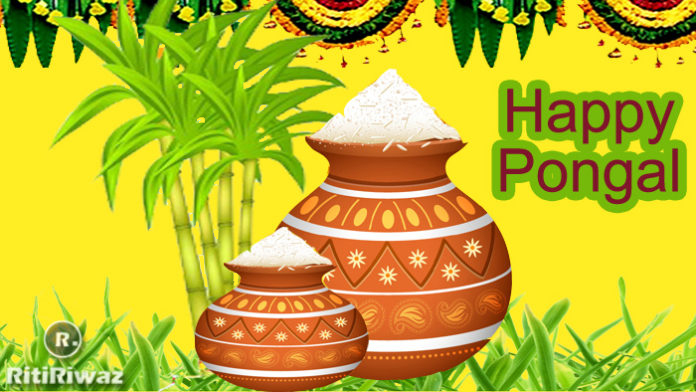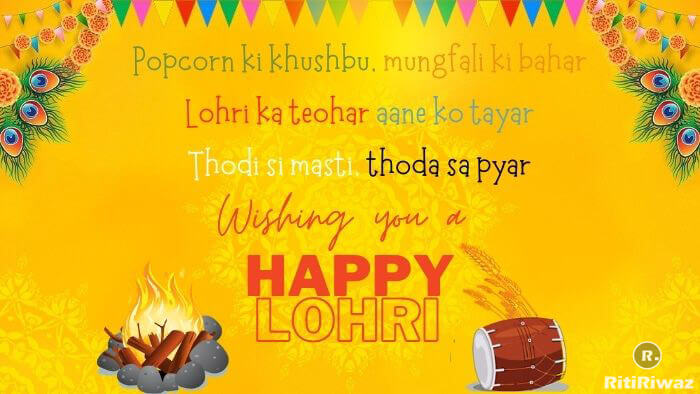Kumbh Mela 2025- World’s Largest Gathering

India is a land of various religions and diverse cultures and there are numerous festivals held throughout the year. No matter the time of the year, there is always a festival celebration happening in some corner of India.
These festivals are the power of belief as hundreds of thousands gather to celebrate these auspicious days. The Hindu festivals are religious ceremonies, worship, prayers, processions, music, dances, and other activities of a religious or traditional character.
Almost all festivals occur every year on some special day but some festivals are such that occur once in a few years and Kumbh Mela is one of them. The Kumbh Mela is a mass Hindu pilgrimage of faith where people dip in the holy water of Ganga and Yamuna to cleanse sin and bring salvation and has become the largest public gathering in the world.
The festival is celebrated during astronomical conjunction that occurs every 12 years by rotation on the banks of four rivers—the Ganga at Haridwar, the confluence of the Ganga, Yamuna, and mythical Sarasvati in Prayagraj, the Shipra in Ujjain, and the Godavari in Nashik. The Kumbh Mela is a 3-month long religious conglomeration held every 3 years in one of four different cities in the north of India, by rotation, the most famous being held in Allahabad.
This is considered to be the biggest human gathering on earth. The Kumbh Mela is held once in every three years and returns to each of the four locations (Allahabad, Ujjain, Haridwar and Nasik) after twelve years which is considered as Purna Kumbha.
The four fairs of Prayagraj Kumbh Mela, Haridwar Kumbh Mela, the Nashik-Trimbakeshwar Simhastha, and Ujjain Simhastha are recognized as Kumbh Mela. Due to rotation at four places each place gets Kumbh Mela after 12 years. The exact date is calculated by following the Vikram Samvat calendar. At Haridwar and Allahabad, a Maha Kumbh Mela is held every 12 years, with an Ardha Kumbh Mela six years later.
Maha Kumbh Mela 2025
The Maha Kumbh Mela 2025 in Prayagraj starts on January 13 and continues until February 26.
The Mela is attended by millions of pilgrims and devotees from India. The event is marked with various traditions and rituals and it has been included as a UNESCO Intangible Cultural Heritage.
History
The story of Kumbh revolves around the story of the Samudra Manthan or ocean churning which was done by the gods and demons to obtain the invaluable ratnas or the jewels and amrita or the nectar. The mountain Mandrachala become a churning stick and the Nagaraja Vasuki acted as the rope.
The Lord Vishnu himself took the form of Kasava or tortoise and provided a base for the mountain Mandrachala with fear that it may get slipped and submerged in the ocean. The first to emerge in this churning was a venomous poison which was consumed by Lord Shiva who upon drinking this poison came to be called the Nilkantha.
The churning continues and emerged Kamdhenu, the Uccaishrava Jayanta, the son of Lord Indra, catching sight of the amrita kalasha or the pot filled with nectar, snatched it from the hands of God Dhanvantari. Noticing this, Lord Shukracharya, the Guru of demons alerted and demons chased Jayanta.
According to the divine counting, one day of God is equal to the one year of mortal beings and the Jayanta kept on running for 12 days to avoid Amrit kalasha falling into the hands of demons.
The four places where Jayanta had put down the Amrit kalasha in these twelve years were Haridwar, Prayag, Nashik-Trimbakeshwar, and Ujjain, and at these four places at that time the sun, moon, and planets had reached the unique astrological alignment, during which Kumbh Mela is held at these places.
The nectar pot was saved from the demons by God Brihaspati with the help of Sun, his son Lord Shani and Moon who saved the nectar Kumbh from getting damaged. As mentioned in the Skanda purana, Kumbh Mela is not just celebrated where the Amrit kalasha was put down, but where the nectar had spilled along with putting down of the kalasha.
Types of Kumbh Mela
Maha Kumbh Mela:- Periodically, Maha Kumbh Mela comes in every 144 years or after 12 Purna Kumbh Melas.
Purna Kumbh Mela:- held after every 12 years in Pragyagraj former name Allahabad.
Ardh Kumbh Mela:- Means Half Kumbh, it is celebrated after every six years between two Purna Kumbha Melas at Prayagraj and Haridwar.
Kumbh Mela:- Means full Kumbh happens every 12 years. The planetary positions of the sun and Jupiter decide when and in which city Kumbh Mela is to be celebrated.
Magh Kumbh Mela:- It is organized in the month Magh(January) of the Hindu calendar every year. It is the period when Jupiter is in Aries, and Sun and Moon are in Capricorn.
When is the Kumbh Mela Held
- The Kumbh Mela is celebrated in Haridwar along river Ganga when the planetary position of the sun is in Aries and Jupiter in Aquarius i.e. the Chaitra month (March-April).
- When Jupiter is in Scorpio, Sun and Moon in Capricorn; or Jupiter in Taurus and Sun in Capricorn i.e. in Magha (January–February) then Kumbh takes place in Allahabad (Prayagraj).
- Trimbak-Nashik Kumbh Mela is held in Bhadrapada (August–September) when Jupiter is in Leo; or Jupiter, Sun, and Moon is in Cancer on lunar conjunction (Amavasya).
- The Ujjain Kumbh Mela is held in Vaisakha (April–May) when Jupiter is in Leo, Sun in Aries; or Jupiter, Sun, and Moon in Libra on Kartik Amavasya.
It is recognized as one of the largest religious peaceful gatherings in the world, the Kumbh Mela has come to be celebrated as an important Hindu pilgrimage. The Mela brings to life, in an organic and cosmic form, a personal experience of the Indian folk and Sanskritic traditions on a scale never seen elsewhere, reflecting the ultimate sense of sacrality related to a place and a time. Irrespective of ancient textual validation, the celebration of the Kumbh Mela is a testimony to the sacred emergence and integration of space and time with the human spirit.






